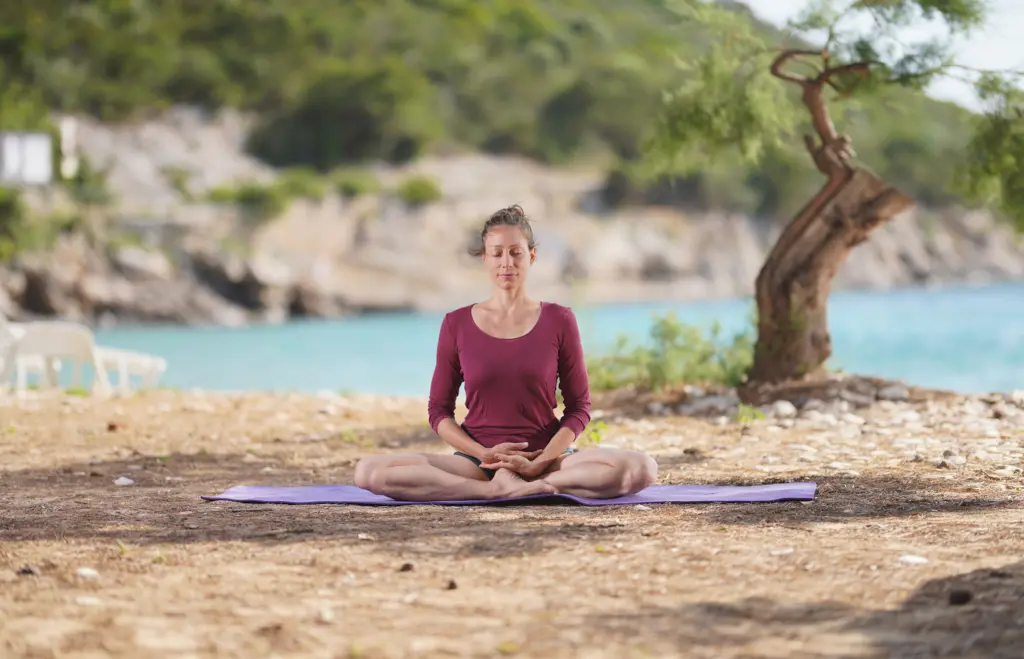The power of intention
First of all, what is intention? And secondly, why make them conscious? For the purposes of this text, let’s define it this way: intention is a driving force. If we look for the concept of intention in nature, we can say that every blade of grass has the intention to grow, it is naturally written in it. Everything in nature has its own natural driving force written in it, a function for growth, development, change and passage. We are part of nature, in our body each organ has its own intention – the function for which it was created, these are intentions that take place by themselves according to their own program.
But driving forces are also intentions that we can make conscious and that we can influence, for example: our choices, knowledge, beliefs, cultivating our thoughts and bodies. I say “we can make conscious” because they can also be unconscious and control us according to their own program, and the more we make them conscious, the more chances we have to choose whether we want to react to them or not, and this shapes our life. That is why we can be very motivated to become aware of the intentions from which we act and to clear them up with ourselves.
We have an intention to which we can react with thoughts – when we believe in a thought, those to which we can react with words – we have spoken the trusted thought and those to which we can react with action – we have believed the thought, spoken it and put it into action.
A simple example: we are walking through the city and smell a pastry, we think that it would be nice to buy it if we believe that thought, that intention, maybe we will say to the friend next to us “wait until I buy a pastry” – we have turned the intention into speech and finally into action when we enter the bakery, buy it and eat it. In the second scenario, we smell a pastry and recognize the thought of buying it but do not react to it but continue the conversation with our friend – we did not believe the conscious intention, the driving spark and it did not materialize.
This is an example that we can easily understand, but when it comes to more complex situations in which intentions are colored by emotions and unconscious patterns of behavior, we will often act out of automatism – which is nothing more than a set of unconscious intentions over which we have no choice. Sometimes we become aware when we are already in the process of an action, and if we have not recognized which thoughts led us to it, it means that we have not become aware of the spark of intention from the beginning.
It is easier to interrupt the trajectory of an action at the level of thought than at the level of action, when the whole body has already been directed to realize something. Conscious or not, intentions are what direct us, control our thoughts, words and actions, and thus make us a person.
Therefore, the path to becoming aware of intentions and then slowly the ability to choose which we will react to and which we do not is the path of a person’s progress towards a mature and responsible individual. But being wise and acting from smart intentions is not easy, what is said “the road to hell is paved with good intentions” may be true. The hypothesis is – the deeper layers of our intentions we become aware of, the fewer mistakes we will make, in other words, the smaller the sparks we become aware of, the better.
It is not an easy path, but fortunately today there are various methods that can help us and become aware of what we are acting from at the level of thoughts. To become aware of intentions, we use yoga in which we work with careful slow movements, for example Mindful Slow Flow yoga.
Mindful flow is a yoga class that emphasizes awareness of the body, thoughts and therefore intention. When we work with light, simple movements, we easily recognize the thought of changing position and clearly see the driving force of that intention in the body, we decide to realize it and consciously carry out the movement from point A to point B. Thus, little by little, intentions become clearer to us not only as ideas but also as an impulse of the body.
Look for the Mindful Slow Flow Yoga class – The path of intention in which we look for our driving sparks, become aware of them in the body and consciously react to them. With practice, it becomes easier to recognize each small, almost invisible spark and choose. Enjoy the exploration.



Foto: Stjepan Tafra




